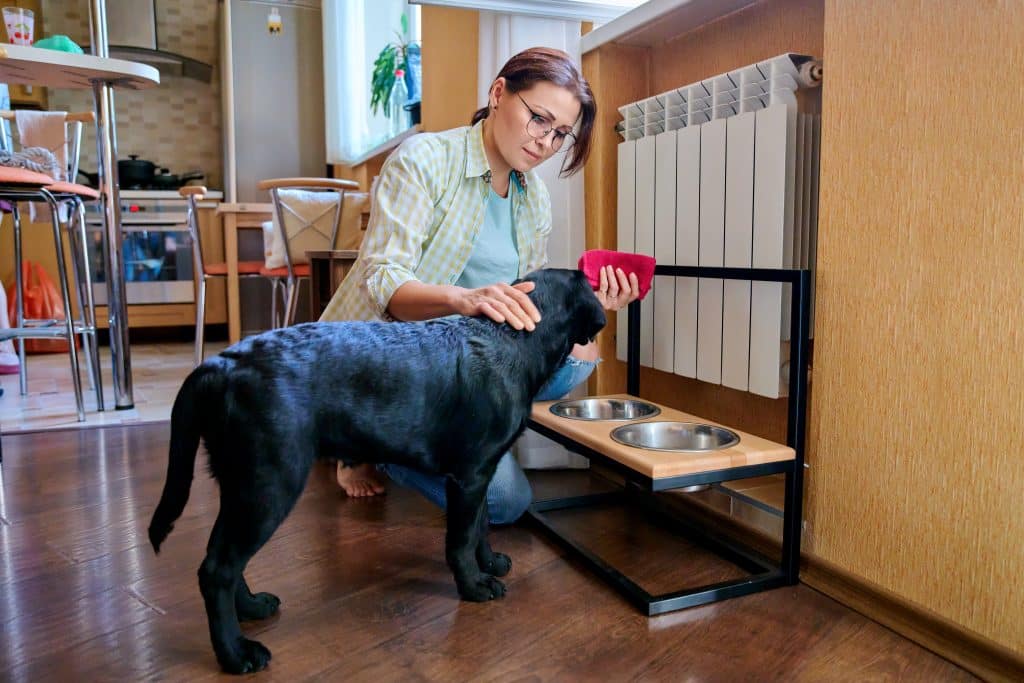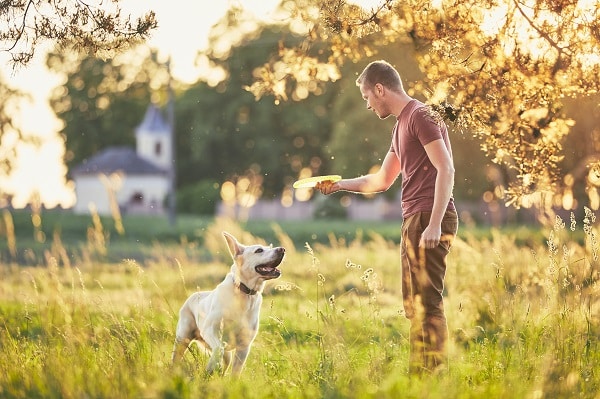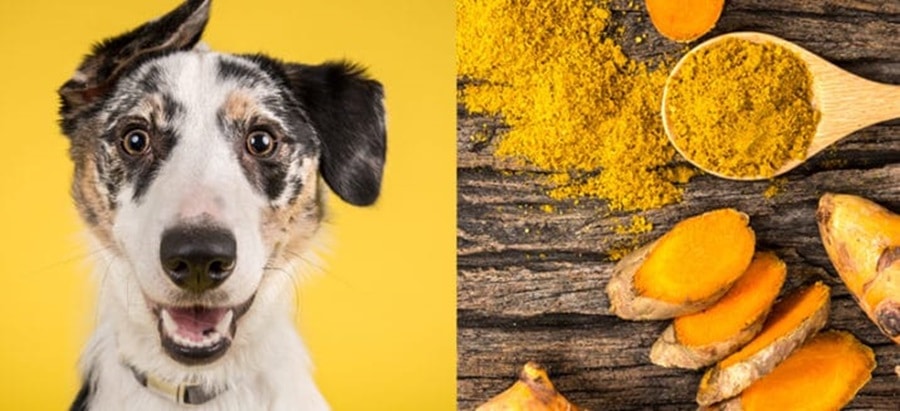When your dog undergoes surgery, it can be an anxious time. However, your dog’s post-surgery recovery often determines the overall success of the procedure. As an owner, you play a vital role in this phase. Providing effective post-operative care is crucial to helping your dog bounce back to their usual playful self. This article will guide you through understanding your dog’s surgery and offer practical tips to ensure your dog can recover from surgery as smoothly and comfortably as possible.
Contents
- 1 Understanding Your Dog’s Surgery
- 2 How to Help Your Dog Recover From Surgery
- 3 Create A Safe and Comfortable Environment
- 4 Administer Medications And Help With Pain Management
- 5 Monitor Surgical Wounds
- 6 Make Dietary Adjustments For Recovery
- 7 Stay On Top Of Physical Therapy and Exercise
- 8 Provide Emotional Support and Love
- 9 Get Regular Vet Check-ups and Monitor Progress
- 10 Do Your Best To Your Dog Recover From Surgery!
Understanding Your Dog’s Surgery
Just like humans, dogs might undergo a range of surgeries, from simple and routine procedures like spaying or neutering to complex ones such as orthopedic surgeries or tumor removals. Each type of surgery carries with it a different set of post-operative care requirements and recovery timelines. It is essential to understand what your dog has been through to provide the best possible care.
Understanding your dog’s surgery is not just about knowing the name of the procedure. It’s about being aware of how it affects your dog’s body, what the expected recovery process should look like, and what potential complications may arise. Armed with this knowledge, you can be a more effective caregiver and ensure that your dog gets back on their feet in the shortest possible time.
How to Help Your Dog Recover From Surgery
As a pet owner, your role in your dog’s recovery process is paramount. You must follow the veterinarian’s instructions closely and proactively recognize and address potential problems. It’s important to remember that each dog is unique, and recovery may look different depending on factors such as the dog’s age, breed, overall health, and the type of surgery they have undergone. Consider these tips to help your dog recover from surgery:
Create A Safe and Comfortable Environment

One of the first things you should do post-surgery is to create a safe and comfortable space for your dog to rest and recover. This could be a quiet corner of your living room or a separate room entirely. It’s crucial to limit their activity, especially after surgeries that affect mobility, like orthopedic procedures. Remove any objects that might cause harm or unnecessary strain, such as stairs or slippery surfaces.
Comfort is not just physical but also psychological. Dogs are often confused and anxious after surgery. By providing them with a familiar environment with their favorite toys and blankets, you can make their recovery space feel more like home. This sense of familiarity can help reduce their stress and promote faster healing.
Administer Medications And Help With Pain Management

Your vet will likely prescribe medications to manage pain and prevent infections after surgery. Ensure that you follow the medication schedule strictly and watch for any signs of discomfort in your dog. These may include excessive panting, restlessness, loss of appetite, or whimpering. If your dog seems to be in pain despite medication, it’s essential to contact your vet immediately.
Furthermore, things like soft bedding, gentle handling, and avoiding unnecessary movement can all help minimize discomfort. Remember that pain can slow down the healing process and make recovery more challenging. So, adequate pain management is not just about keeping your dog comfortable—it’s a critical part of their recovery.
Monitor Surgical Wounds

Proper wound care is vital to prevent infections and ensure the surgical site heals properly. Your vet will provide you with specific instructions on how to clean the wound, which may include gentle cleaning with a saline solution. Signs of infection can include increased redness, swelling, pus, or a foul smell from the wound. If you notice any of these signs, contact your vet immediately.
Additionally, it’s crucial to prevent your dog from licking or chewing at the surgical site, as this can lead to infections or wound dehiscence (re-opening of the wound). An Elizabethan collar or “cone” is often used to prevent this behavior. While your dog may initially be uncomfortable with the collar, they will eventually adjust. Your vet can help you choose the right size and style for your dog.
Make Dietary Adjustments For Recovery

Post-surgery, your dog’s dietary needs may change temporarily. Some dogs may have a reduced appetite, while others may require a bland, easy-to-digest diet. Your vet may recommend specific dietary adjustments based on the type of surgery and your dog’s overall health. Proper nutrition is essential for healing and recovery, so be sure to follow these recommendations closely.
It’s also important to monitor your dog’s weight and body condition during the recovery process. Sudden weight gain or loss can be detrimental to their healing. If you’re unsure about the proper diet for your dog, consult your vet for guidance. They can recommend appropriate food or supplements to ensure your dog gets the necessary nutrients to heal.
Stay On Top Of Physical Therapy and Exercise

Depending on the type of surgery, your dog may require physical therapy or a gradual reintroduction of physical activity. This can help improve mobility, build strength, and reduce the risk of complications. Your vet will advise you on the appropriate exercises and activities for your dog based on their specific needs and recovery progress.
It’s crucial to follow these recommendations closely and not to push your dog too hard, as this can lead to setbacks in their recovery. Be patient and observant, and if your dog seems to be struggling with certain activities, contact your vet for guidance. They may adjust the exercise plan or recommend additional therapies to aid in your dog’s recovery.
Provide Emotional Support and Love

Dogs are incredibly intuitive and can sense when something is wrong. During their recovery, they may feel vulnerable and unsure. Providing emotional support and love can be just as important as physical care. Talk to your dog, pet them gently, and be present during their recovery process.
Your dog will likely be less active during recovery, which may result in boredom or frustration.
Providing mental stimulation through puzzle toys, gentle play, or simply sitting together and cuddling can help alleviate these feelings. Your love and support can be a powerful force in your dog’s recovery process, so don’t underestimate the impact of your presence.
Get Regular Vet Check-ups and Monitor Progress

Regular veterinary check-ups are essential during your dog’s recovery to ensure they’re healing as expected and to address any complications that may arise. Your vet will evaluate your dog’s progress, assess their wound, and adjust medications or recovery plans as needed. It’s crucial to keep these appointments and maintain open communication with your vet throughout the recovery process.
If you have concerns or notice changes in your dog’s condition, don’t hesitate to contact your vet. They are there to help guide you and ensure the best possible outcome for your dog’s recovery. Being proactive and vigilant can make a significant difference in your dog’s overall well-being.
Do Your Best To Your Dog Recover From Surgery!
Helping your dog recover from surgery is a multifaceted process that involves physical care, emotional support, and close communication with your veterinarian. By understanding your dog’s specific surgical procedure and following these tips, you can ensure the best possible outcome for your furry friend. Remember that every dog is unique, and their recovery journey may vary. If you’re ever unsure about any aspect of your dog’s recovery, consult your veterinarian for advice and guidance.


